I made a simple classic plot with ggplot2 which is two graphs in one. However, I'm struggling in showing the legend. It's not showing the legend. I didn't use the melt and reshape way, I just use the classic way. Below is my code.
df <- read.csv("testDataFrame.csv")
graph <- ggplot(df, aes(A)) +
geom_line(aes(y=res1), colour="1") +
geom_point(aes(y=res1), size=5, shape=12) +
geom_line(aes(y=res2), colour="2") +
geom_point(aes(y=res2), size=5, shape=20) +
scale_colour_manual(values=c("red", "green")) +
scale_x_discrete(name="X axis") +
scale_y_continuous(name="Y-axis") +
ggtitle("Test")
#scale_shape_discrete(name ="results",labels=c("Res1", "Res2"),solid=TRUE)
print(graph)
the data frame is:
A,res1,res2
1,11,25
2,29,40
3,40,42
4,50,51
5,66,61
6,75,69
7,85,75
Any suggestion on how to show the legend for the above graph?
